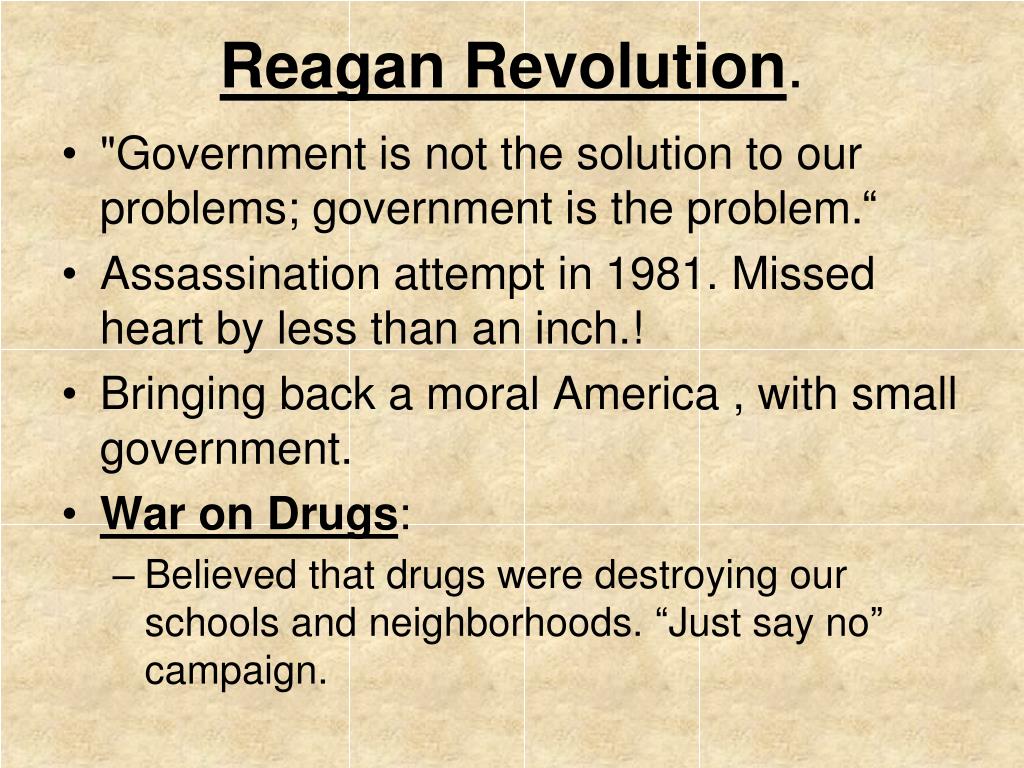

Stalin was a brutal dictator, but his foreign policy goals were understandable. The British and Americans did not even attempt to open a second front in France until 1944 (despite Joseph Stalin’s constant requests for such action during the previous two years), by which time German forces had already been driven from Soviet soil.

forces face more than 25 percent of the fighting strength of the German Wehrmacht, whereas the Red Army fought millions of Germans in the East. At no point after mid-1941 did British or U.S. And although the United States had made critical material contributions to the war, it was the Soviets who did the bulk of the fighting against Nazi Germany. The Soviet Union had suffered far more than the United States or Great Britain, because German forces had occupied large sections of the country and waged a racial war of annihilation against its people. But might a different approach to foreign affairs by the United States in the years immediately after World War II have prevented the Cold War altogether?Ĭonsider that the Soviet Union in 1945, although victorious in Europe, emerged from the war economically and demographically exhausted, and having lost a staggering 20 million soldiers and civilians (approximately 10 percent of its population). Note that the arguments in this essay are not the personal views of the scholars but are illustrative of larger historical debates.ĭuring the Cold War, Americans were convinced the Soviet Union posed a grave threat to their country and the rest of the planet and that, as the leader of the free world, the United States had a responsibility to resist Soviet expansionism. Then, complete the comparison questions that follow. Read the two arguments in response to the question posed, paying close attention to the supporting evidence and reasoning used for each. Was one superpower primarily responsible for starting the Cold War, or did both the United States and the Soviet Union contribute to its rise? Instructions Use this point-counterpoint with The Berlin Airlift Narrative and the Winston Churchill, “Sinews of Peace,” March 1946 Primary Source to have students analyze the start of the Cold War and tensions between the Soviet Union and the United States and its allies.Moser, Ashland University (Claim B) Stephen Tootle, College of the Sequoias Suggested Sequencing


 0 kommentar(er)
0 kommentar(er)
